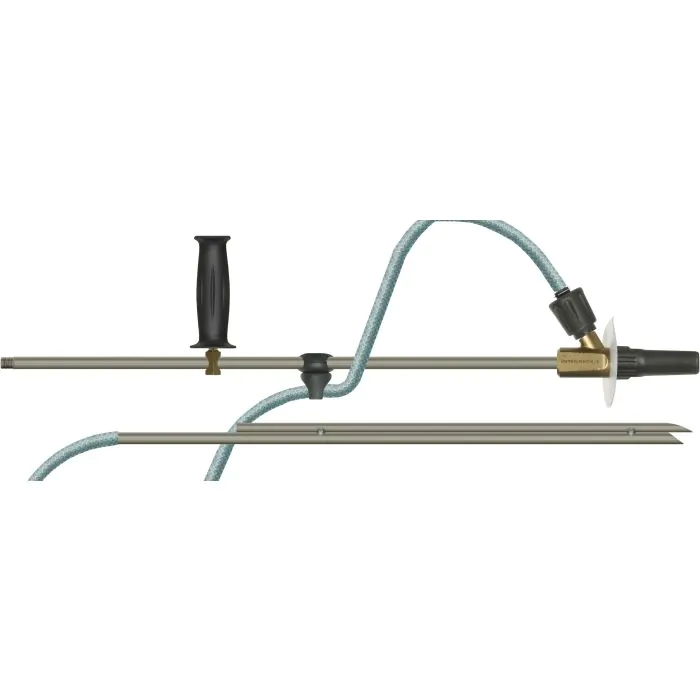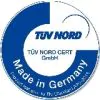Don't have an account?
Creating an account has many benefits: check out faster, keep more than one address, track orders and more.
ST55 SAND BLAST KIT WITH 065 NOZZLE 1/4"M INLET
Description
Technical Spec
| Inlet | 1/4" Male |
|---|---|
| Material | Hardened Stainless Steel |
| Bar | 200 |
| Colour | Black |
| Length | 600mm |
| Nozzle Diameter | 065 |
| Commodity Code | 8424200000 |
| Weight | 2.22 |
| Country of Origin | Germany |
Need help?
Contact G&S 01768 865985
Overview
What are the advantages of wet sandblasting?
Wet sandblasting uses water to mix with abrasive materials and propel them onto a surface for cleaning or surface preparation. Here's how wet sandblasting works:
Impact on the Surface: The high-velocity abrasive slurry is directed at the surface to be cleaned or prepared. The impact of the abrasive particles, combined with the force of the water, removes contaminants, coatings, rust, or other unwanted materials from the surface.
Water for Dust Suppression: The presence of water in the process serves two important purposes. First, it helps control the generation of dust, making wet sandblasting a safer and more environmentally friendly option compared to dry sandblasting. Second, it can also help to reduce the heat generated during the process, preventing damage to sensitive surfaces.
Contaminant Removal and Collection: As the abrasive slurry impacts the surface, it dislodges and removes contaminants. These dislodged materials are typically carried away in the slurry, which can be collected and properly disposed of.
Rinse and Residue Removal: After the wet sandblasting process, the surface is usually rinsed with clean water to remove any remaining abrasive particles and residue, leaving a clean and prepared surface.
Wet sandblasting is often preferred for jobs where dust control is a concern or when working on more delicate surfaces that could be damaged by the heat generated in dry sandblasting. It is commonly used in applications such as paint and coating removal, rust and corrosion removal, and cleaning of surfaces like metal, concrete, and wood.



